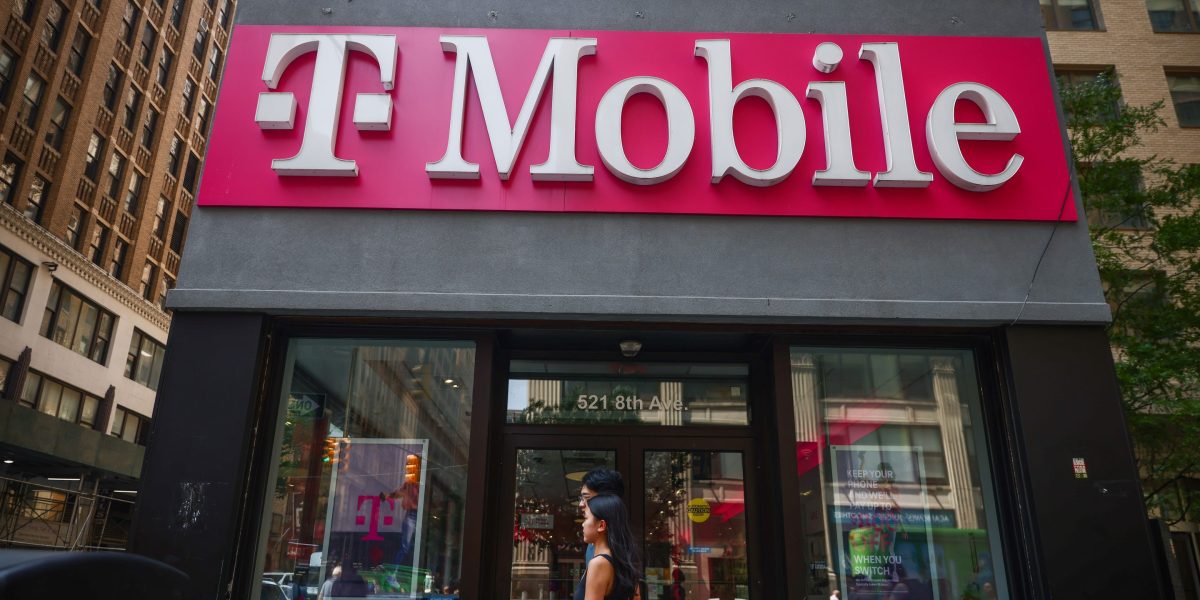
T-Mobile US Inc. outlined its growth ambitions for the next three years on Wednesday, forecasting higher profit fueled by customer gains and enhanced by new technologies, including artificial intelligence.
The big three US telecommunications companies are locked in a heated battle to keep customers from switching to rival platforms while also finding new subscribers. T-Mobile, the second-biggest US mobile carrier, is teaming up with OpenAI on a new platform, called IntentCX, to deliver faster and more personalized customer service. By accessing consumer data, IntentCX will be able to apply meaningful understanding and knowledge of every customer to resolve issues and take proactive actions on their behalf, T-Mobile said.
Through the partnership, T-Mobile will have access to OpenAI’s new 01 reasoning models, which are designed to spend more time thinking before they respond. The technology will be particularly powerful in analyzing call transcripts and able to identify irritants that can be better solved to improve the customer experience.
“One of the many things we’re excited about for this new generation of models is what we can do for personalization — for the individual user or customer — and what we can do for integration,” said Sam Altman, CEO of OpenAI, speaking on stage at T-Mobile’s capital markets presentation. “Where these models can look at a huge amount of data, use a huge amount of tools and deliver these hopefully fairly magical experiences.”
T-Mobile also announced a collaboration with Nvidia Corp., Ericsson and Nokia Oyj, to design mobile networks with AI, bringing more advanced capabilities to radio access networks. The companies are investing in a AI-RAN innovation center in Bellevue, Washington. AI-RAN will dramatically improve customers’ experiences, the company said, and satisfy an ever-growing demand for faster speeds, reduced latency and increased reliability for the latest gaming, video, social media and augmented reality applications on mobile devices. AI-RAN will use billions of data points to make algorithms that can determine the optimal network adjustments needed for maximum performance, T-Mobile said.
Speaking at the event, Jensen Huang, CEO of Nvidia, said, “we all saw the same opportunity to reinvent telecommunications with the fundamental technologies that’s reinventing one of the largest industries in the world, which is computing. This underlying technology will unquestionably revolutionize every industry.” He said “this is going to be a great new growth opportunity for the telecommunications industry.”
Chief Executive Officer Mike Sievert outlined the company’s financial targets. T-Mobile expects to increase earnings before interest, taxes, depreciation and amortization up to $39 billion by 2027. Service revenue is expected to increase at a compound annual growth rate of about 5% from 2023 to 2027, to as much as $76 billion.
That will boost annualized Ebitda by about $10 billion over that time frame. Adjusted free cash flow is expected to be $18 to $19 billion in 2027. The company also announced a 35% increase in its dividend, to 88 cents a share.
Shares of T-Mobile, which hit an all-time this week, fell as much as 2.8% to $197.05 after the forecast, suggesting the outlook may have disappointed some investors.
T-Mobile also unveiled a new program to prioritize first responders and ensure they get lower latency and faster, more consistent 5G speeds especially in times of extreme network congestion.
First responders are increasingly dependent on cellular communications and data-intensive tools such as drones and artificial reality to fuel new tools for emergency situations. But during crises, network congestion can bog down critical communications. The new product will ensure faster speeds for data-intensive communications tools by giving first responders their own slice of the network.
(Updates throughout with more information from the conference.)

